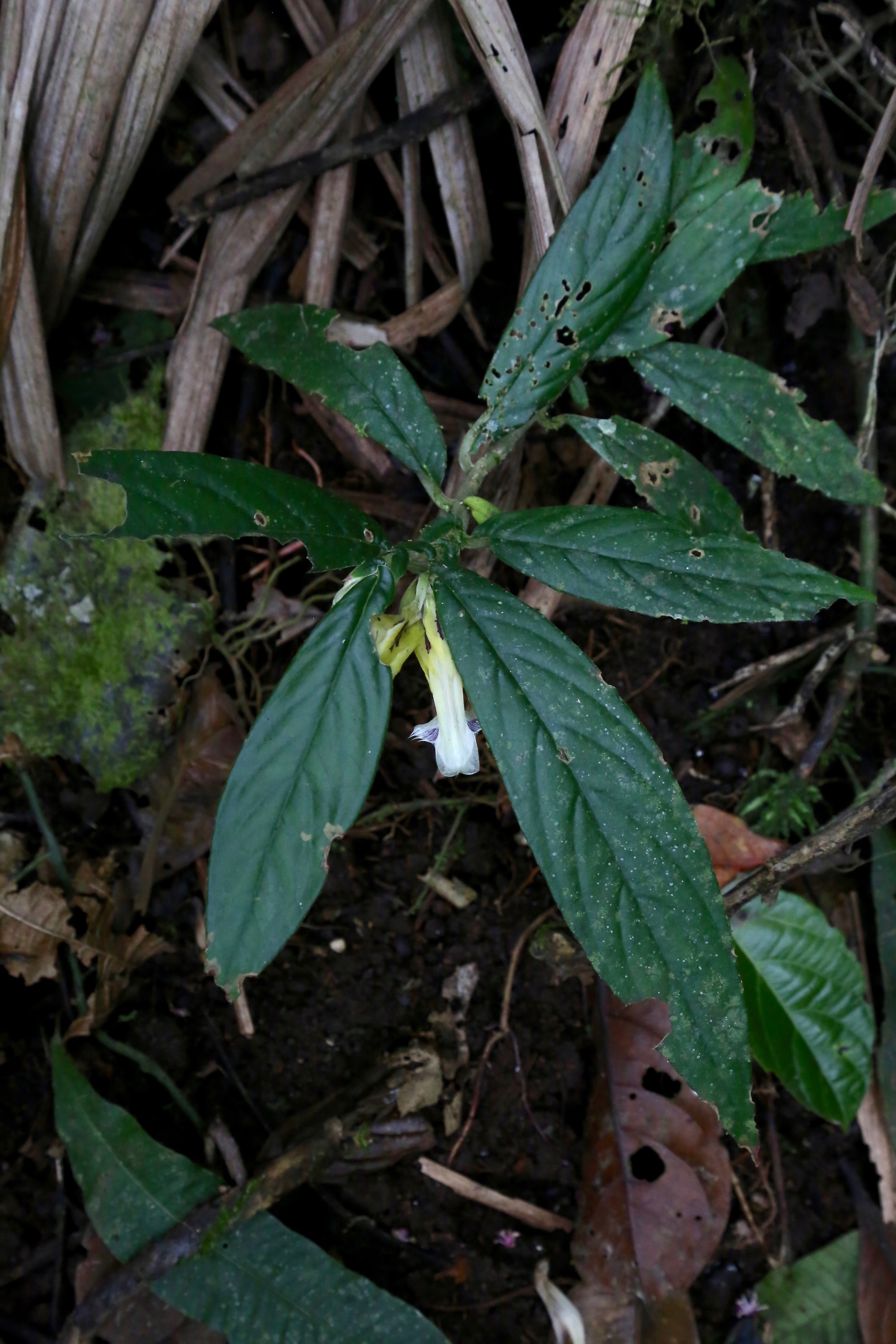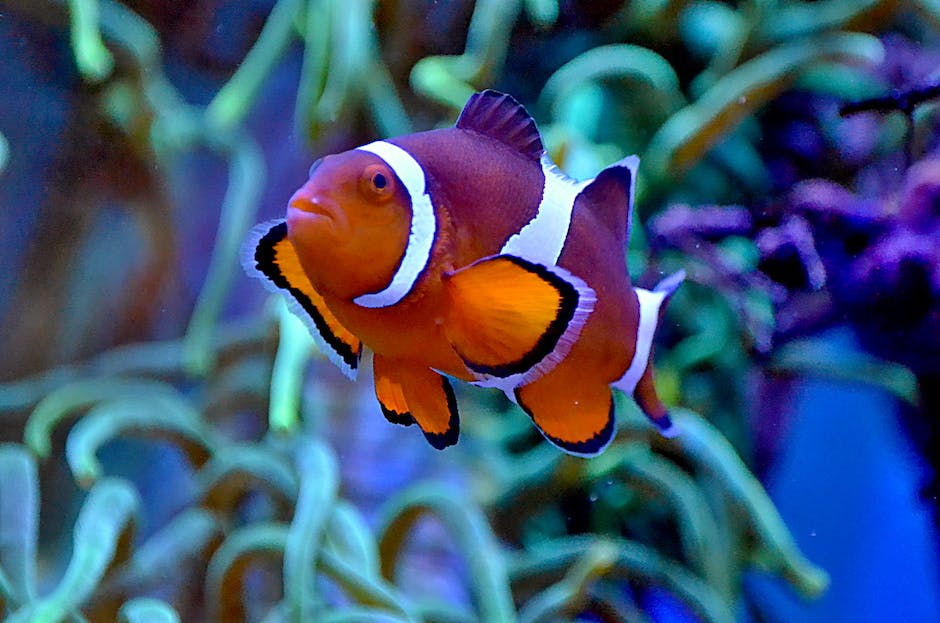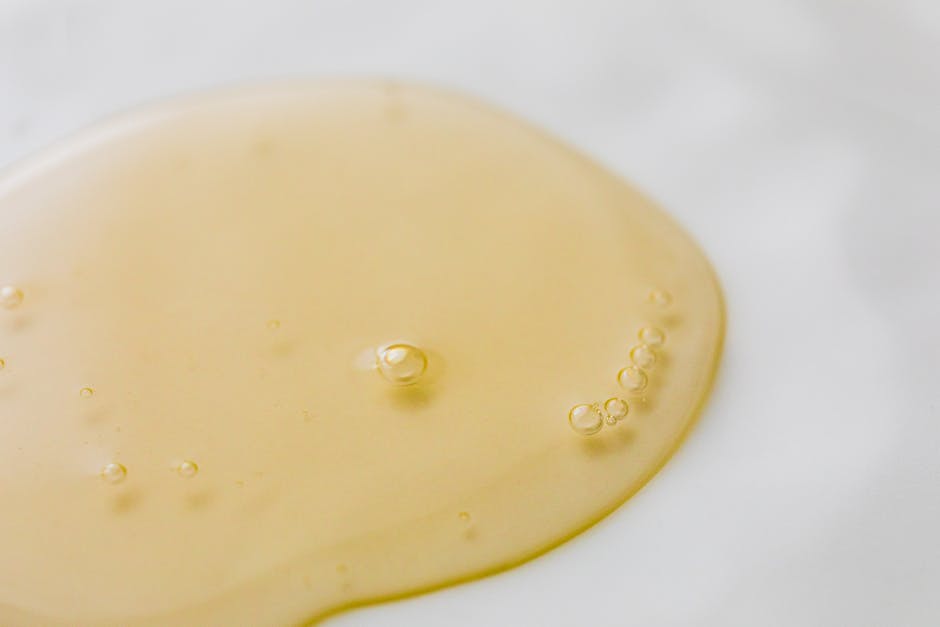What to know:
- 1. An Introduction to : Shine Up Your Spaces with These Colorful Houseplants!
- 2. The Perfect Plant for Indoors: Key Attributes and Growing Tips for Columnea
- 3. Meet the Genus: A Closer Look at the Range of Columnea Varieties
- 4. Love the Look, Meet the Care: Tips to Keep Your Columnea in Perfect Condition
- 5. A Natural Humidifier: How Columnea Helps Keep Your Air Moist and Breathable
- 6. Variegated Splendor: Take a Virtual Tour of Our Favorite Vibrant Columnea Varieties
- 7. Get Creative: Ideas for Decorating with Columnea
- 8. A Accommodating Plant: Tips for Acclimatizing Your Columnea
- 9. Go Organic: How to Incorporate Columnea in Your Organic Garden
- Questions & Answers
1. An Introduction to : Shine Up Your Spaces with These Colorful Houseplants!
Are you looking for a truly unique and colorful houseplant to liven up the look of your home? Look no further than , a popular and easy-to-care-for houseplant. With its unique foliage and stunning flowers, it’s a great way to bring color and texture to your home.
Columnea plants require minimal care and can be grown in a variety of conditions from bright indirect light indoors to shade outdoors. You’ll want to keep the soil moist but not soggy, and it’s a good idea to fertilize from spring through summer. Columnea plants can grow to be quite large, so pruning is necessary to keep them in shape.
The most popular types of Columnea plants are:
- Columnea crassifolia – This plant has dark green foliage with silver-hued undersides and red or yellow blooms.
- Columnea gloriosa – This stunning plant has an upright, bushy growth habit and produces vibrant yellow and red flowers.
- Columnea pumila – This small, compact plant has thick, green foliage and long-lasting red or yellow flowers.
Whichever Columnea plant you choose, it is sure to bring a unique quality and texture to any space. With its beautiful flowers and foliage, and easy-care nature it’s sure to be a great addition to your home. So add one to your collection today!

2. The Perfect Plant for Indoors: Key Attributes and Growing Tips for Columnea
Columnea spp. is a must-have for any indoor plant enthusiast. With its unique foliage and bright, vibrant blooms, this exotic houseplant makes a beautiful addition to any home and offers plenty of advantages. With just a little care and attention, your Columnea will thrive indoors, and bring you joy for years to come.
First, let’s take a look at the key attributes of Columnea:
- Tall, slender evergreen shrub-like growth
- Easy-care maintenance with minimal water requirements
- Fuzzy, hairy stems and glossy, thick leaves
- Unique, brightly-colored tubular flowers in shades of red, yellow and pink
Now you know why these plants are so popular! To make sure your Columnea continues to thrive, follow these basic growing tips:
- Light Requirements: Place your Columnea in a bright, indirect light, such as an east-facing window or a partially-shaded spot.
- Water Needs: Allow the top inch of soil to dry out between waterings. Water deeply and less often to prevent overwatering.
- Fertilizing: Feed your plant once a month with a concentrated liquid fertilizer, or use a slow-release fertilizer according to the package instructions.
- Pruning: Prune your plant to encourage bushiness and new growth.
- Common Pests and Problems: Look out for common indoor plant pests, such as spider mites, mealybugs, and aphids. Treat any problems early to avoid an infestation.
With the right environment and a consistent care routine, your Columnea will flourish and bring you years of joy. Now, go out and find the perfect indoor plant for you!
3. Meet the Genus: A Closer Look at the Range of Columnea Varieties
Columnea spp. is an amazing and diverse genus of plants, particularly those with an affinity for warmer, humid climates. They come in such an array of colors and sizes, making them perfect for a variety of home decor settings. With proper care, these plants are perfect for both indoor and outdoor gardens.
Let’s look at some of the varieties this exotic genus has to offer:
- Columnea flava – A bright yellow blooming species with trumpet-shaped flowers.
- Columnea gloriosa – An evergreen species that produces star-shaped orange to red flowers.
- Columnea wendlandii – A fast-growing vine-like species with bright yellow and scarlet flowers.
- Columnea scandens – A delicate and cucumber-like vine with tiny, pink flowers.
Columnea care itself is fairly simple, but does require some dedication! To keep these plants thriving, they need a moderate water level; water when the top few centimeters of soil are dry, but avoid overwatering as this can harm the plant. They also enjoy plenty of light, from shade to brightly lit spaces. Additionally, these plants appreciate a specific humidity level; this may mean misting them, setting them on a humidity tray, or using a humidifier.
Speaking of care, it’s worth knowing about Columnea’s common pests and diseases. These plants can be prone to mealybugs, aphids, scale, and mites – but with regular cleaning and pesticide treatments, these can be kept at bay. As far as diseases, Columnea may occasionally become prone to leaf spot or botrytis, but adding additional ventilation and slightly reducing the humidity and water levels can help fight this.

4. Love the Look, Meet the Care: Tips to Keep Your Columnea in Perfect Condition
The Columnea, also known as mountain-evergreen, is a genus of flowering plants that are native to tropical climates. They’re low-maintenance plants, but they need a few special care tips to keep them looking their best. Here are some of the best practices and steps to take to keep your Columnea healthy and beautiful:
- Light: Place Columnea in a bright spot with indirect sunlight—like an eastern or northern window—and provide plenty of light. If the Columnea is placed too far away from the window, it may not flower as much.
- Water: It’s important to water your Columnea regularly in order to keep its leaves hydrated and to encourage flowering. Water when the top two inches of soil dry out, usually every four to seven days.
- Fertilizer: Columnea love a light fertilizer every month during the growing season. Pick a balanced water-soluble fertilizer and dilute it to one-third of the recommended strength.
- Pruning: You should prune your Columnea to control its height and shape. For bushier growth, pinch off the tips of the stems once the plant is about 6 inches tall. This will encourage bushier branching off of the main stem.
- Troubleshooting tips: yellowing leaves can be a sign of over- or under-watering, nutrient deficiency, or too much direct sunlight. Browning leaves can mean either too little light or too much water.
Temperature/Humidity: Columnea plants do best in temperatures between 65 and 75 degrees Fahrenheit and need plenty of humidity. You can increase the level of humidity around your Columnea by misting its leaves, placing it on a pebble tray, or grouping it with other plants.
Keeping a Columnea plant can bring wonderful color to your space, but they do need special care. Taking the time to make sure you provide the light, water, and humidity Columneas need can go a long way towards helping it thrive. With this knowledge and these tips, you can have a beautiful Columnea in no time!
5. A Natural Humidifier: How Columnea Helps Keep Your Air Moist and Breathable
is a wonderful natural humidifier for your home. It’s full of great benefits that will keep your air moist and breathable. Here are five of the top benefits:
- Reduces Dry Air: Columnea works to effectively reduce the dry air in your home, which can cause headaches, sinus problems, and can even aggravate asthma. Its steady moisture output helps keep your air clean and comfortable.
- Air Freshener: The lovely hanging leaves on a Columnea plant can be a great air freshener. They release their pretty little aromas, helping to freshen your home and get rid of unwanted odors.
- Purifier: Columnea has many great air-cleaning benefits. It helps filter out dust, smoke, and even pollutants from the air. The plant’s leaves absorb and trap many airborne particles, helping to keep the air clean.
- Environmentally Friendly: Not only does Columnea keep your home from being dry and stuffy, it’s also a great environmentally friendly option. It requires little to no energy to operate it for humidity.
- Easy to Care for: Columnea is a very easy plant to look after. All you need is bright, indirect sunlight and moderate moisture to help keep your air moist and breathable.
Columnea can be a great addition to any home. Its natural water reservoir and environmental benefits help it to stand out above other humidifying options. It’s easy to care for, so be sure to add a few of these beautiful plants to your home and enjoy the benefits of having a natural humidifier.
6. Variegated Splendor: Take a Virtual Tour of Our Favorite Vibrant Columnea Varieties
If you’re a fan of vibrantly colored foliage and long-lived blooms, is definitely a must-have for your garden! This group of tropical plants offer a diverse range of color and leaf shapes, making it the perfect way to bring a little bit of the tropics into your landscape. Here, we showcase some of our favorite vibrant columnea varieties so you can take a virtual tour—far to the same level of splendor as if you were to visit our gardens!
- Bonaire Burle:
- This variety offers bright orange blossoms contrasted against deep green foliage.
- It’s a great way to add an exotic touch to your garden, and is perfect for adding a pop of color to brighten up your garden beds.
- Bonaire Burle is a great choice for those looking for a hardy, low-maintenance Columnea.
- Volcano Sunset:
- This variety has intense orange to red, trumpet-shaped flowers that will steal the show wherever you place it in your garden.
- Its bright blossoms, which are held upright against the foliage, are sure to draw the eye wherever you place this plant.
- The Volcano Sunset variety is very heat-tolerant, and can handle both partial shade and full-sun locations.
- Movile Fire:
- This less-common option stands out in any garden setting, offering fiery red and orange-colored foliage.
- The Movile Fire variety is great addition for those who want to create a tropical-themed garden in their own backyard.
- This columnea variety can even be grown in containers, making it the perfect addition to any patio, porch, or balcony.
No matter which ones you choose, you’re sure to be delighted by the bright, vibrant foliage and colorful flowers that these columnea varieties have to offer! So go ahead and take a virtual tour—you won’t be disappointed!
7. Get Creative: Ideas for Decorating with Columnea
When it comes to finding creative ways to decorate with Columnea (Columnea spp.), you are in for a treat! These beautiful houseplants can liven up any space with their bright, vibrant flowers, and their attractive foliage brings an added touch of exotic interest. Here are just a few ideas to get you started:
Hang Them: Hang Columnea from your ceiling or porch for an eye-catching design. You can also use a hanging basket to create a unique display. For something extra special, try pairing it with a lantern to give your space a soft glow.
Put Them in Vases: Give your windowsill or tabletop a splash of color by arranging some Columnea plants in clear glass vases. You can pair them with a variety of accessories, from terrariums to candles, to create a visually appealing display.
Create a Terrarium: If you’re feeling really creative, try creating a terrarium with your Columnea plants. Choose a wide-mouthed jar or glass container to arrange the plants in, and add in pebbles, charcoal, and moss to keep the soil moist. Then, add any other decorations, such as small figurines, to complete the look.
With so many ways to decorate with Columnea, you can truly let your imagination run wild. Get creative and have fun!
8. A Accommodating Plant: Tips for Acclimatizing Your Columnea
Acclimatizing your in its new environment can be a tricky process, but fortunately, they are amongst the most easy going and accommodating plants. Here are a few tips to help make sure your new houseplant can acclimate to its new home properly and thrive:
- Choose the Right Location. Columnea plants prefer bright, indirect sunlight — if the light is too bright, too intense, or too direct, the leaves of the plant may burn. Too little light can lead to undersized, pale foliage.
- Temperature. Columnea plants are quite tolerant when it comes to temperature. They grow best between 65°F and 85°F (18°C and 29°C), but can handle temperatures as high as 95°F (35°C).
- Humidity. While they are somewhat tolerant of dry air, Columnea plants generally prefer humid environments with good air circulation. Try placing a humidifier in the same room as the plant, or group plants together — the extra humidity created by the plants’ transpiration can benefit all of them.
Taking the time to properly acclimatize your new Columnea will help it to thrive, so provide a stable environment, and ensure that the plant has easy access to water and nutrients. With a little bit of care, your Columnea can give you many years of beautiful foliage.
9. Go Organic: How to Incorporate Columnea in Your Organic Garden
Columnea, also commonly known as Flying Goldfish, is an attractive flower with brightly-colored petals that will instantly give your garden a bright, fresh look. Whether you’re a beginner or a seasoned green thumb, learn how you can easily incorporate this flower in your organic garden:
- Choose wisely. Look for the Columnea spp label on any seed packets and check to make sure the seeds adhere to organic growing standards.
- Location. Contrary to popular belief, Columnea prefers filtered light – intense sunlight would only damage the delicate petals. Place them in an area of your garden with partial shade.
- Soil. These flowers prefer sandy, well-drained soil to help them stay healthy. Avoid soils that are too nutrient-rich or wet as this would stunt their growth.
- Fertilizer. As this flower is grown organically, it’s important to use natural fertilizers or compost to give them an extra boost of nutrients. Consider adding also mulch, as it will help the Columnea’s soil retain moisture.
- Pests. These plants are mostly pest-resistant, but occasionally mealybugs or scales might appear. To keep these pests away, use organic insecticides or a natural remedy like diluted neem oil.
Once you’ve taken all these considerations into account, the Flying Goldfish are ready to be planted and enjoyed! The Columnea will bring a burst of vibrancy to your garden – they can be enjoyed outdoors in temperate weather, or as a pot plant in colder climates.
| Category | Characteristics |
|---|---|
| Habit | Evergreen, climbing, trailing |
| Growth Rate | Moderate |
| Flower Color Range | Orange, yellow, red |
For best results, deadhead the flowers as soon as they wilt to encourage new blooms to form. This will also keep diseases from spreading. Additionally, forbushling the plants will ensure that they stay healthy and attractive over time.
Questions & Answers
Q: What is ?
A: Columnea is a tropical evergreen plant species that belongs to the Gesneriaceae family. There are about 95 species in this plant family, and these plants have a wide variety of sizes, shapes, and flower colors. They are native to Central and South America and are popular houseplants due to their vibrant colors and easy care requirements.
Q: What does look like?
A: Columnea plants vary in shape, size, and flower color. Most species have an upright or vining habit and may grow up to two feet in height. The leaves of the plant are usually small, fleshy, and dark green. The flowers most commonly found on Columnea are bell-like and come in shades of pink, white, orange, yellow, or red.
Q: What type of environment does need to thrive?
A: Columnea generally prefers humid environments, with temperatures between 60 and 85 degrees Fahrenheit. It also needs bright, indirect light and regular misting. To help keep the soil moist, you can line the pot with a pebble tray or use a water tray.
Q: How do I care for ?
A: Columnea plants need regular watering and should be kept moist but not soggy. During the warmer months, they may need to be watered more frequently. Regularly fertilizing the plant will help it grow strong and healthy. Additionally, pruning the plant regularly will help it to remain compact and promote bushier growth.
We hope this article on has been helpful and informative! This amazing plant can easily brighten up any indoor or outdoor space and add a bit of extra tropical flair. Whether you choose to keep Columnea plants indoors or outdoors, or both, there are many different species and varieties to choose from, each with their own unique look and attributes. When cared for properly, Columnea can be a beautiful addition to any home.
